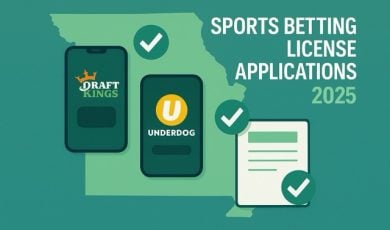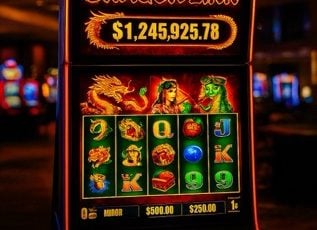There will be a pop-up casino on the land once occupied by the historic Moulin Rouge casino in Las Vegas on May 14, pending final approval of the Nevada Gaming Commission (NGC). This will allow the owner of the land to keep it zoned for gaming.
Century Gaming Technologies subsidiary United Coin Machines submitted the request for the temporary casino at the April Nevada Gaming Control Board (NGCB) meeting. The panel unanimously recommended the NGC give its final approval during its next meeting later this month.
Moulin Rouge was the first racially integrated hotel-casino in the US when it opened in 1955. The casino in the historic Westside of Las Vegas is listed on the National Register of Historic Places.
Pop-up casinos in Las Vegas
If approved by NGC as expected, there will be a trailer with 16 slot machines on the land from 6 a.m. to 2 p.m. Last year, the same company set up a tent with video poker machines near the Las Vegas Convention Center.
The pop up casino was everything I expected. I donated $20 just for the experience. Here’s a closeup of the BP paytable. pic.twitter.com/GEPDcrfTwd
— Marc (@MeltzVegas) May 23, 2023
This pop-up casino allowed Marriott to keep land it owns zoned for gambling. The temporary casino will allow the landowner to keep the gaming license for 18 months. To date, there are no major casino plans for the land.
Last year Marriott struck a deal with MGM Resorts that started earlier this year, the MGM Collection with Marriott Bonvoy. That partnership also incorporates BetMGM rewards from online casino and sportsbook play.
The Moulin Rouge land has had numerous temporary casinos so it can remain zoned for gaming. RAH Capital has owned the land since 2020.
During the meeting, an attorney representing the landowner said they were working on a plan for the land. He estimates that it will take about a year for the concept to be flushed out.
If a plan doesn’t come to fruition, the owner of the land will have to approach Nevada gaming regulators again in late 2025.
Keeping Moulin Rouge Las Vegas casino alive
The effect of Moulin Rouge goes beyond just being the first racially inclusive casino in the US. It was also the springboard for Las Vegas to become more racially integrated.
This casino allowed African Americans an opportunity to work and play around other ethnicities. Las Vegas typically didn’t allow these residents to have jobs such as dealers, cocktail servers, bartenders, and managers.
At the time, even Rat Pack member Sammy Davis Jr. couldn’t enter a casino where he was working through the front door. Even though he performed at various casinos he couldn’t eat, drink, or gamble at these properties.
Moulin Rouge gave him and other African Americans, and anyone else who wanted to visit, a place to enjoy Las Vegas casino life.








